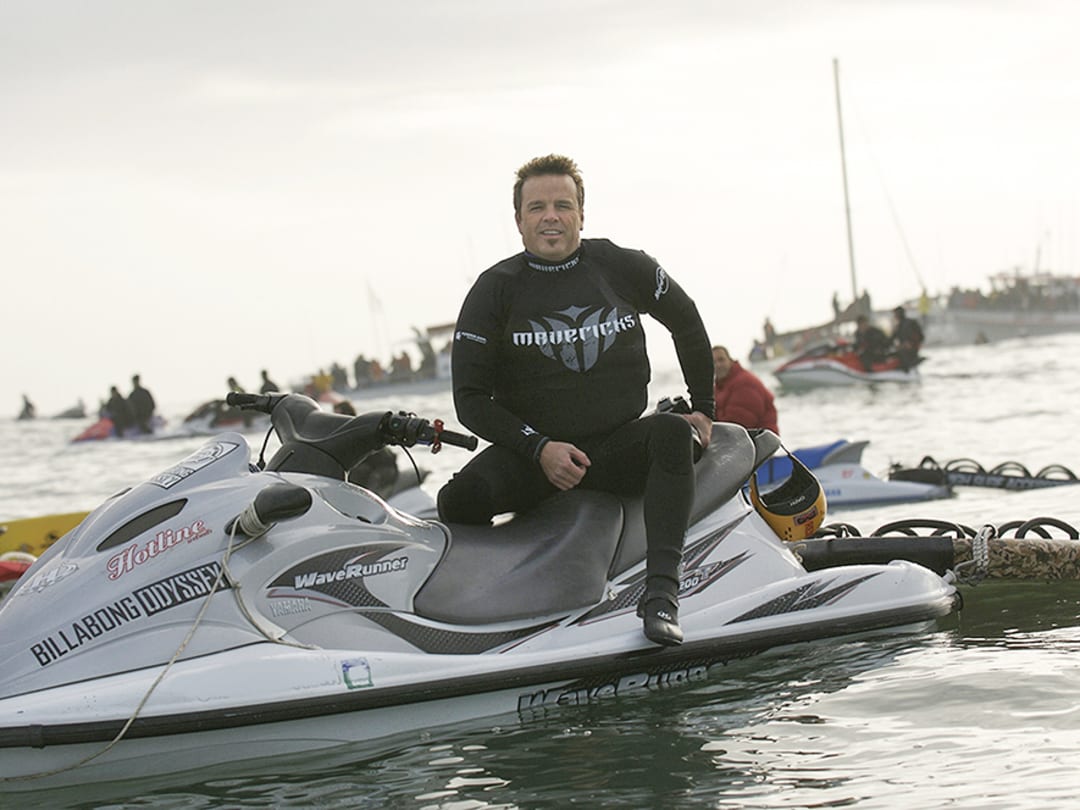
**Photographer Rescues Shane Dorian After Life-Threatening Wipeout at Maverick’s**
In 2010, one of the most pivotal moments in big-wave surfing history unfolded at Maverick’s, and it involved a terrifying wipeout by legendary surfer Shane Dorian. The event, captured and told by photographer and rescue driver Frank Quirarte, not only highlighted the extreme risks of big-wave surfing but also led to a major breakthrough in water safety.
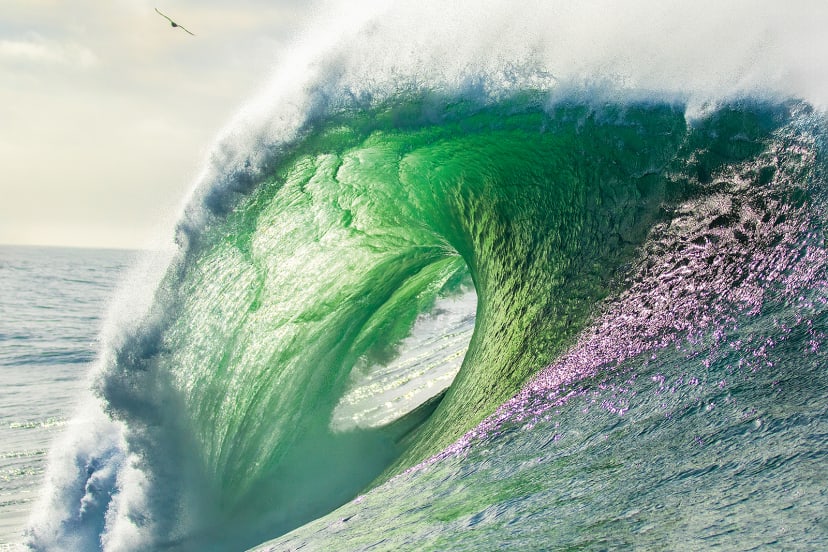
The day after the 2010 Maverick’s contest, conditions remained massive—just as intense as the day before, if not worse. While the contest had seen Chris Bertish win and Shawn Dollar make headlines with a record-breaking 55-foot paddle-in wave, the real turning point happened the following morning, February 15th.
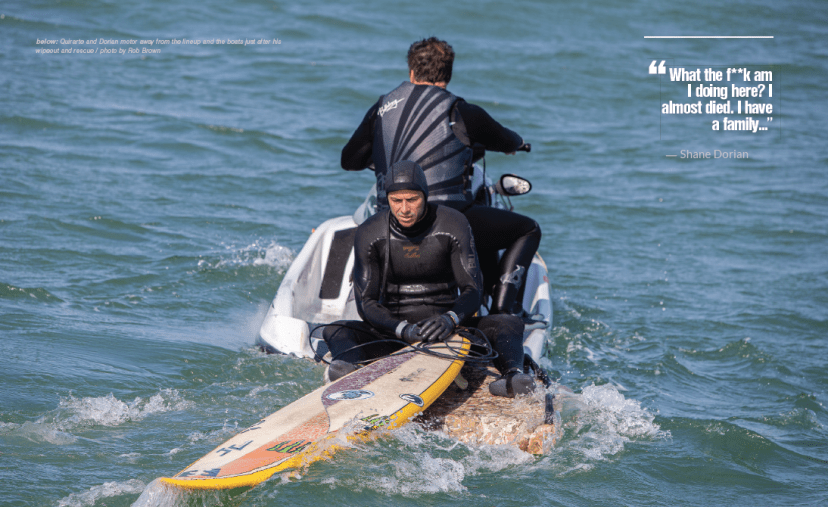
Many elite surfers, including Shane Dorian, Greg and Rusty Long, Grant “Twiggy” Baker, and John John Florence, returned to the water despite having celebrated the night before. Quirarte, still recovering from the exhausting event and its festivities, got the call early that waves were still firing and joined the crew.
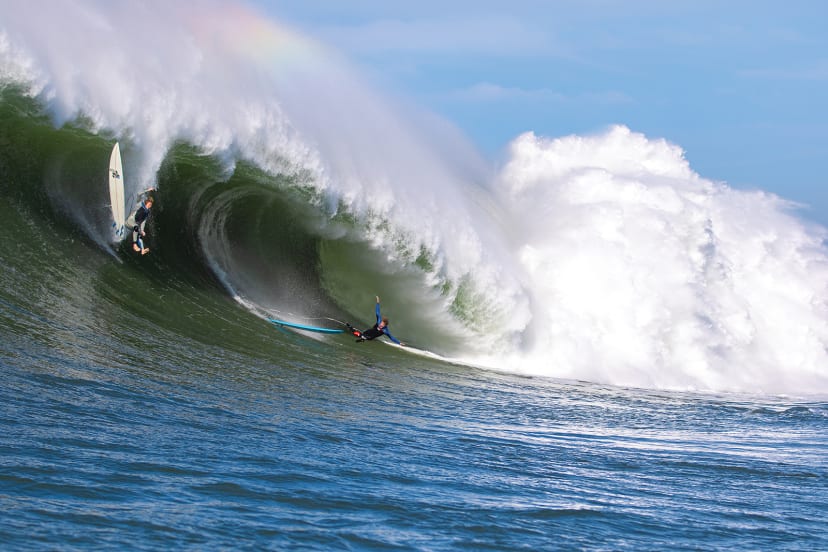
On this second day, Dorian, who had limited experience at Maverick’s and had always been wary of the spot, decided to paddle out again after surfing it for the first time just the day before. He dropped into a monstrous wave—roughly 50 feet tall—but hit a bump in the face, forcing him into an airdrop. Though he momentarily regained control, another warble threw him off, launching him forward into a brutal wipeout.
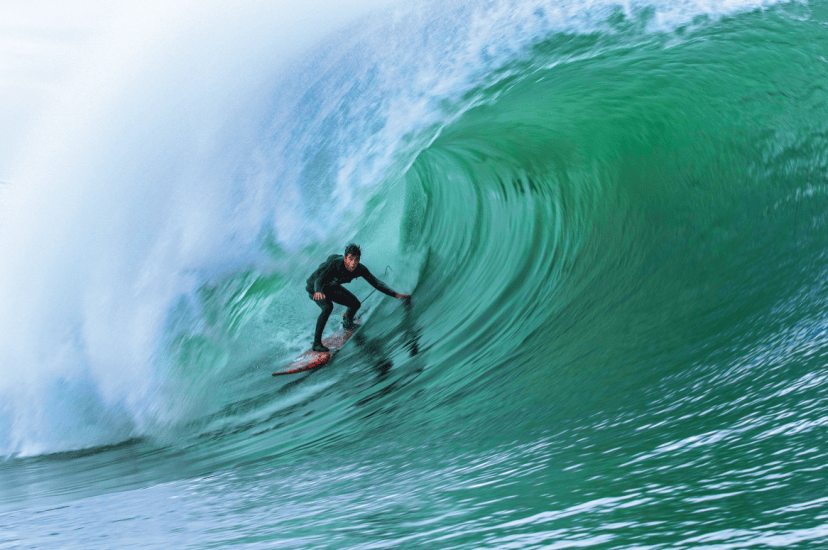
As the wave detonated, Dorian was thrown deep underwater. His board “tombstoned”—a clear sign he was pinned below. Held down by the wave’s immense power, he struggled to reach the surface. Worse still, another massive wave followed, forcing him into a dreaded two-wave hold-down—one of the most dangerous situations in surfing.
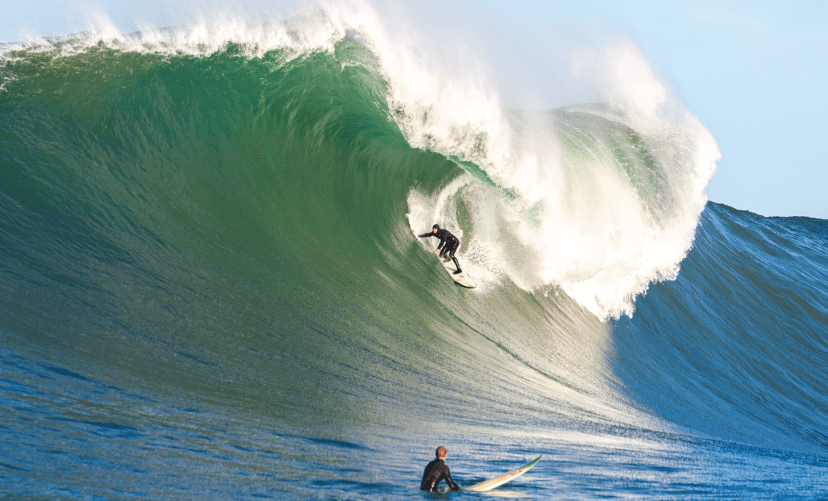
Frank Quirarte, operating the only rescue ski in the lineup, tried repeatedly to reach Dorian, whose body was being thrashed underwater. Battling heavy foam, spinning currents, and a sluggish ski engine, Quirarte made several failed attempts before finally grabbing Dorian’s wrist and dragging him onto the rescue sled.
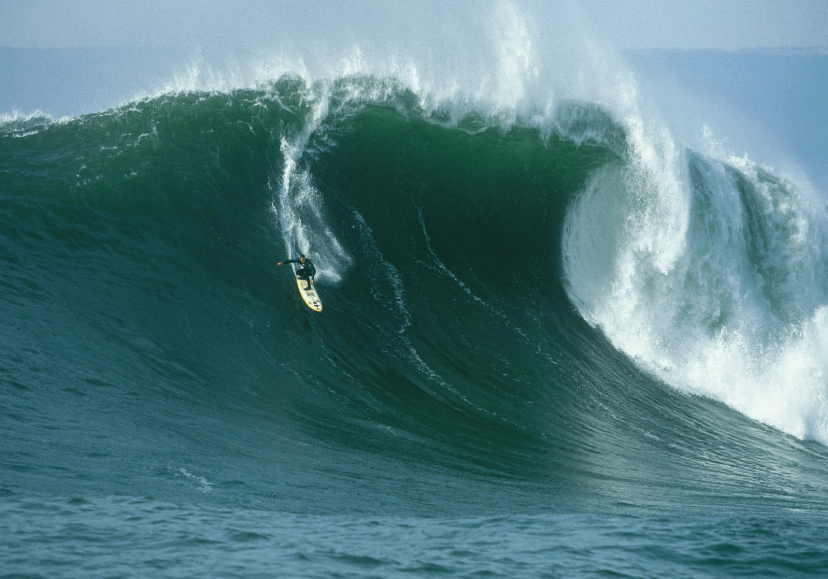
The aftermath was sobering. Dorian was shaken, physically and mentally, and asked to be taken away from the crowd. Usually composed, he was now clearly traumatized, muttering that he had nearly died and questioning why he was even out there. Later that night, he stayed with a friend, unable to speak and visibly rattled.
The experience forced Dorian to reevaluate his future in big-wave surfing and sparked a life-changing idea. While flying home to Hawaii, he noticed the inflatable vests shown in the airline safety demonstration. That observation inspired him to help create a personal inflation vest tailored for big-wave surfers—something lightweight and effective, unlike the bulky flotation options available at the time.
Dorian’s brush with death ultimately led to a safety innovation that has transformed big-wave surfing. The inflatable vest, now widely used, allows surfers to ascend quickly after a wipeout, greatly increasing survival chances in dangerous conditions.
This moment, preserved through Quirarte’s lens and words, remains a crucial chapter in the evolution of surf safety and a reminder of both the risks and resilience within the world of big-wave surfing.